Clothes made of translucent fabrics look beautiful. Fashion designers create models even for people with non-standard figures. In order to choose a fabric for an outfit, you need to know the features of their different types. And clothes will last longer if you take proper care of them.
Transparent fabric adds mystery and lightness to things. After all, it is thin, weightless. Even ordinary clothes made from them look elegant.
What are some lightweight sheer fabrics?
Types of transparent fabrics differ due to the characteristics of the raw materials and different weaving patterns. They determine its structure, quality and appearance.
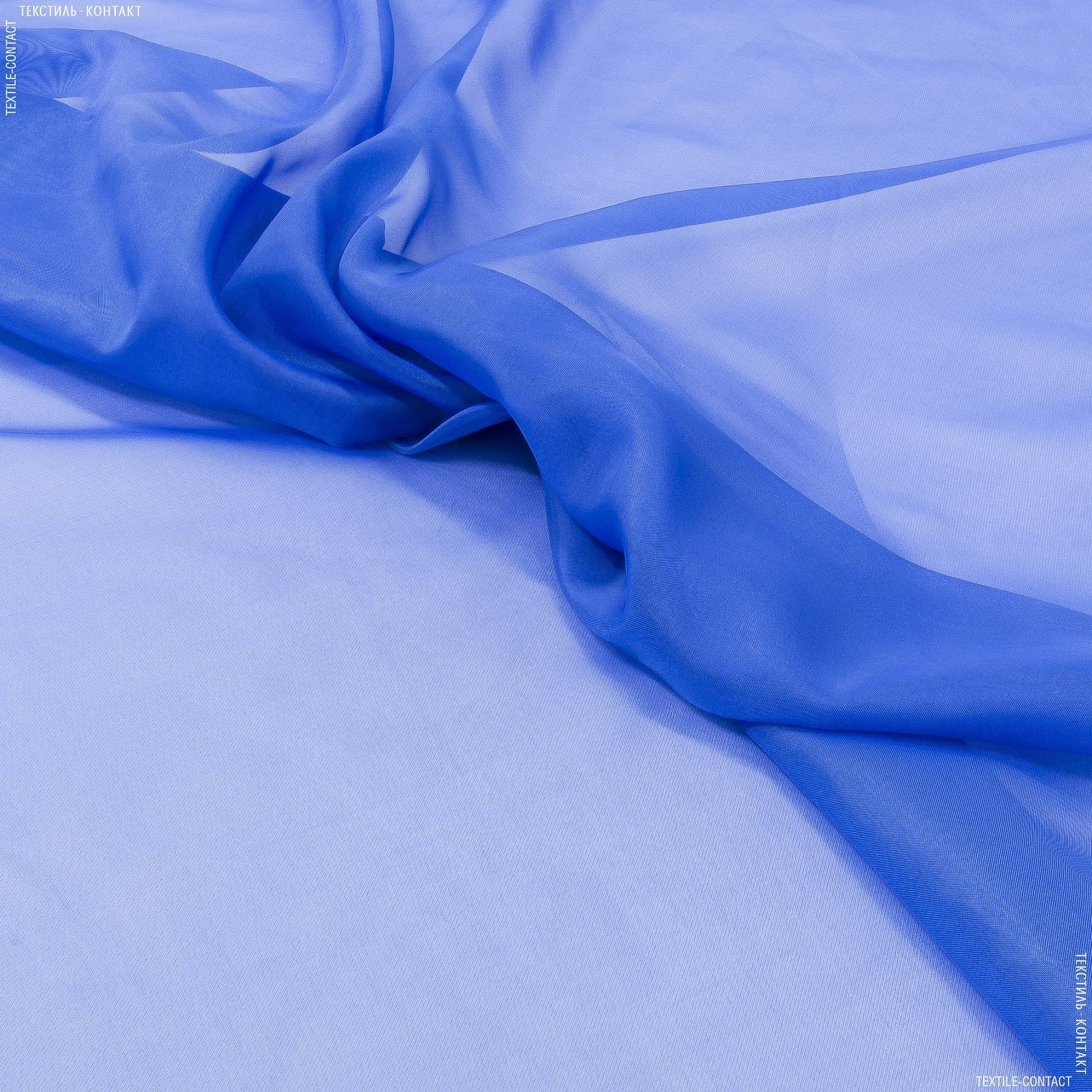
Veil
The veil is famous for its smoothness, translucency and flowability. It is divided into plain-dyed and finely patterned.
This is a sparsely woven, mostly cotton fabric. Sometimes it is silk or wool. It is characterized by a plain weave.
Please note! Items made of voile should be washed with extreme care, and heavy mechanical loads should not be applied to them. This fabric should be washed in warm water, usually by hand, since active mechanical action will lead to defects.
The veil is easy to iron. It is breathable. The material is often used in summer season outfits.
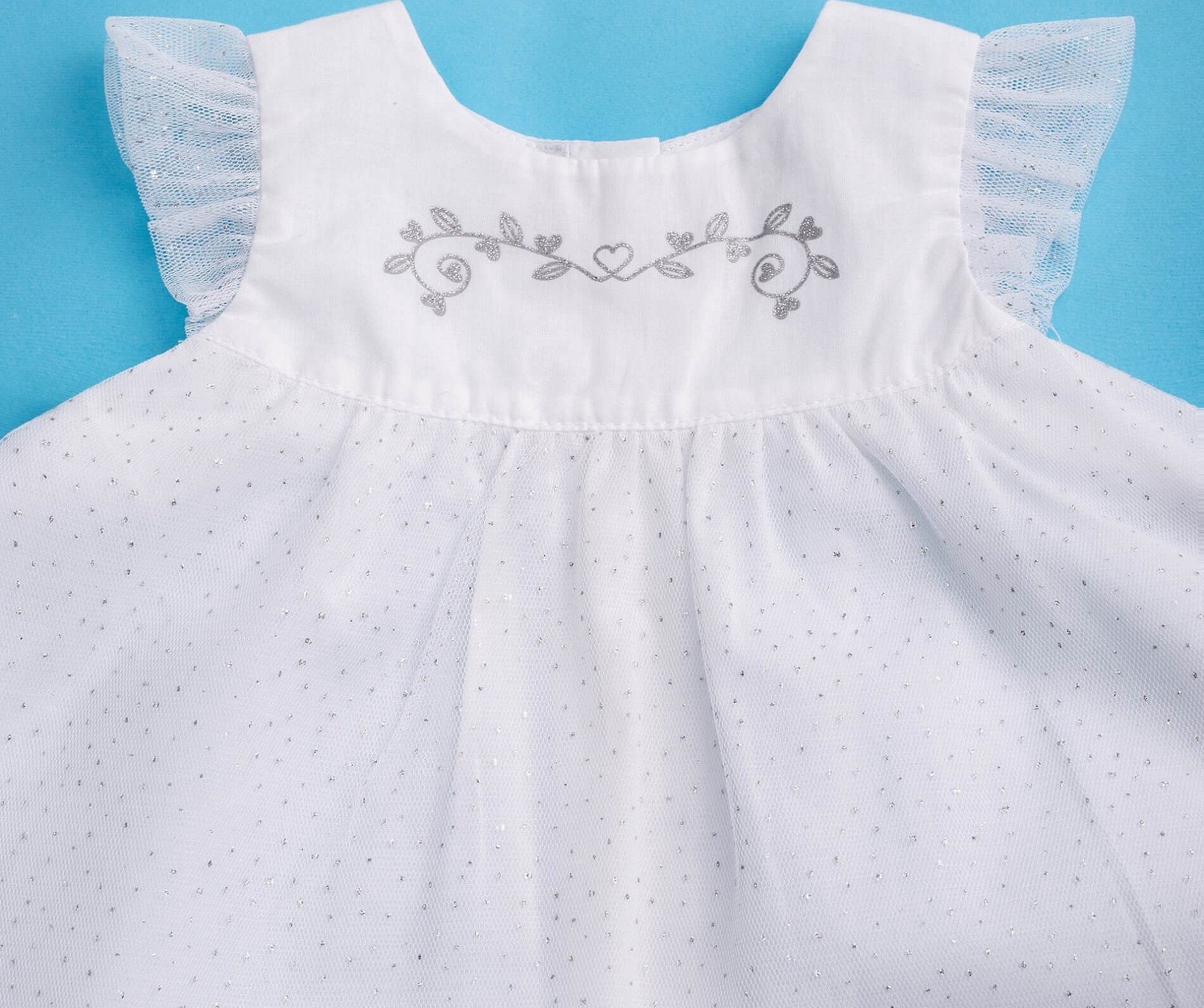
It is better to store curtains rolled up and dresses hung on hangers.
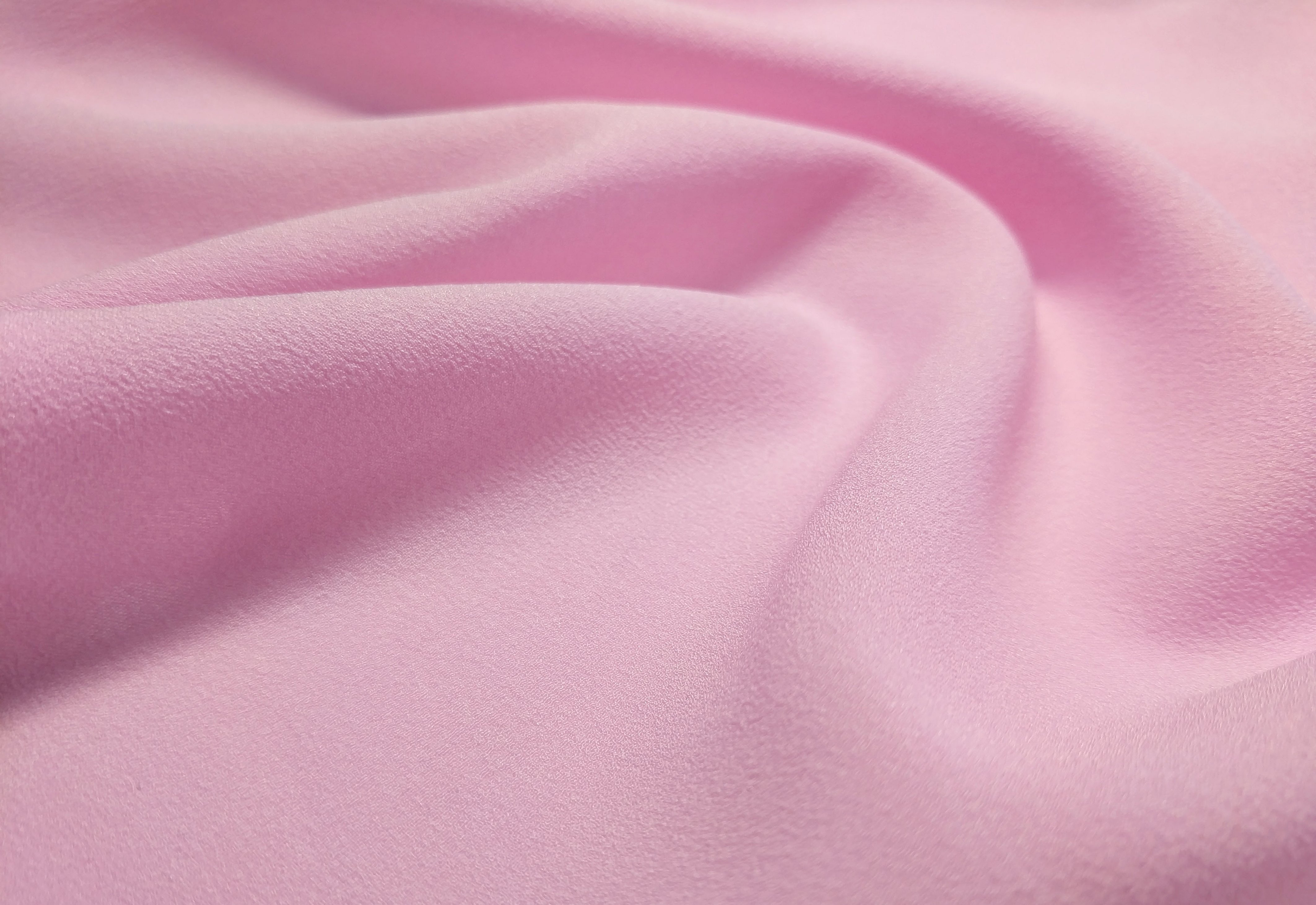
Chiffon
Chiffon is a translucent fabric made from silk and cotton. Other threads are often added to it. Due to its unique weaving, this translucent fabric is slightly rough and matte. Chiffon is famous for its thinness, airiness, density, but fragility. Due to its density, this fabric drapes well.
Chiffon is usually used to sew festive outfits. It is excellently breathable. Due to this property, it is suitable for summer clothes.
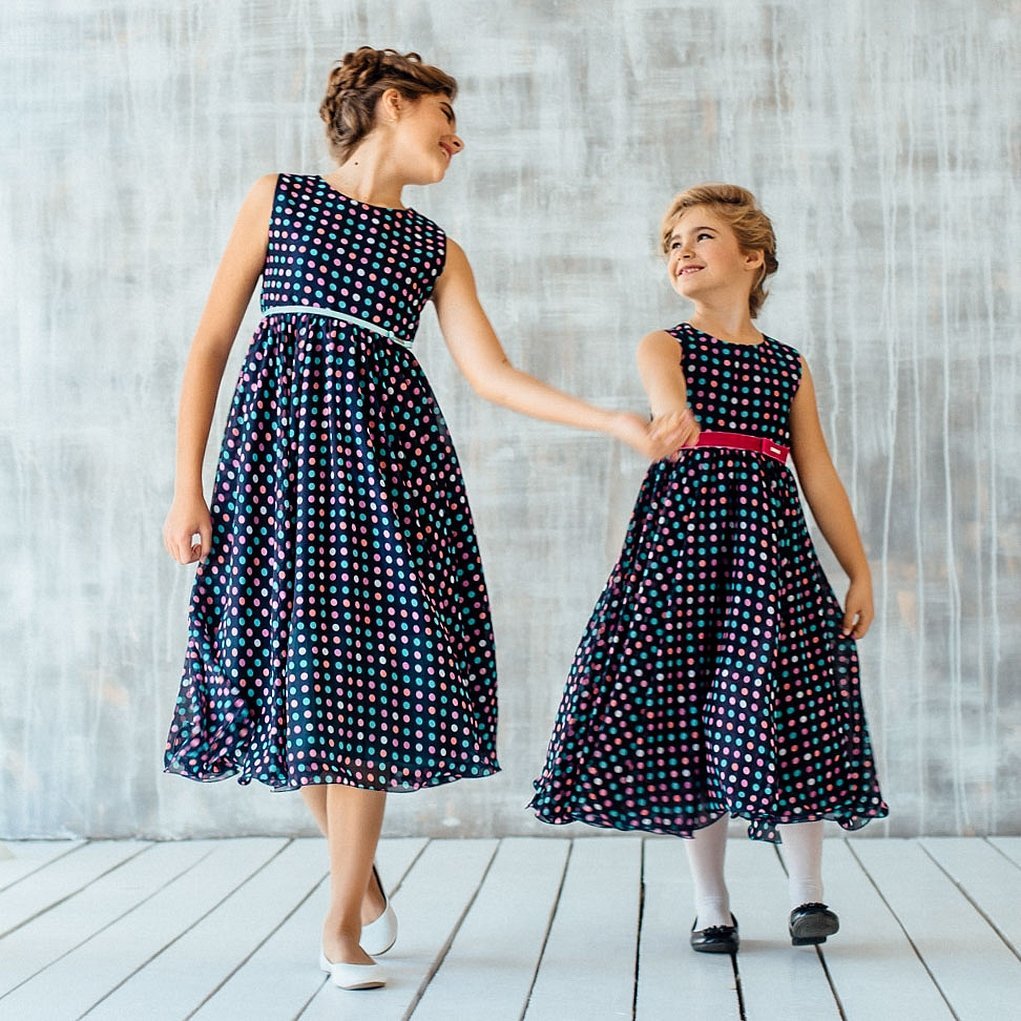
This fabric is also used to sew additional accessories. For example, pareos, scarves or capes. It is also suitable for decorative details: collars, petticoats and flounces.
Types:
- chiffon jacquard. Almost does not wrinkle, almost does not deform. It has a smooth appearance and is opaque;
- crepe chiffon. Plain-dyed bleached fabric. It is dense, durable, and made from double-strength silk threads;
- chiffon-satin. Characterized by smoothness with a glossy shine and transparency;
- chameleon. A fabric that shimmers in the light. It combines several different shades;
- shanzhan. Thin and light fabric. Reflects light;
- pearl chiffon. Characterized by a pearly hue;
- Nylon. Nylon-based fabric. It is durable and the raw edges do not fray.
Batiste
This is the name given to one type of translucent fabric. It is light but dense. Blouses and underwear are often made from it.
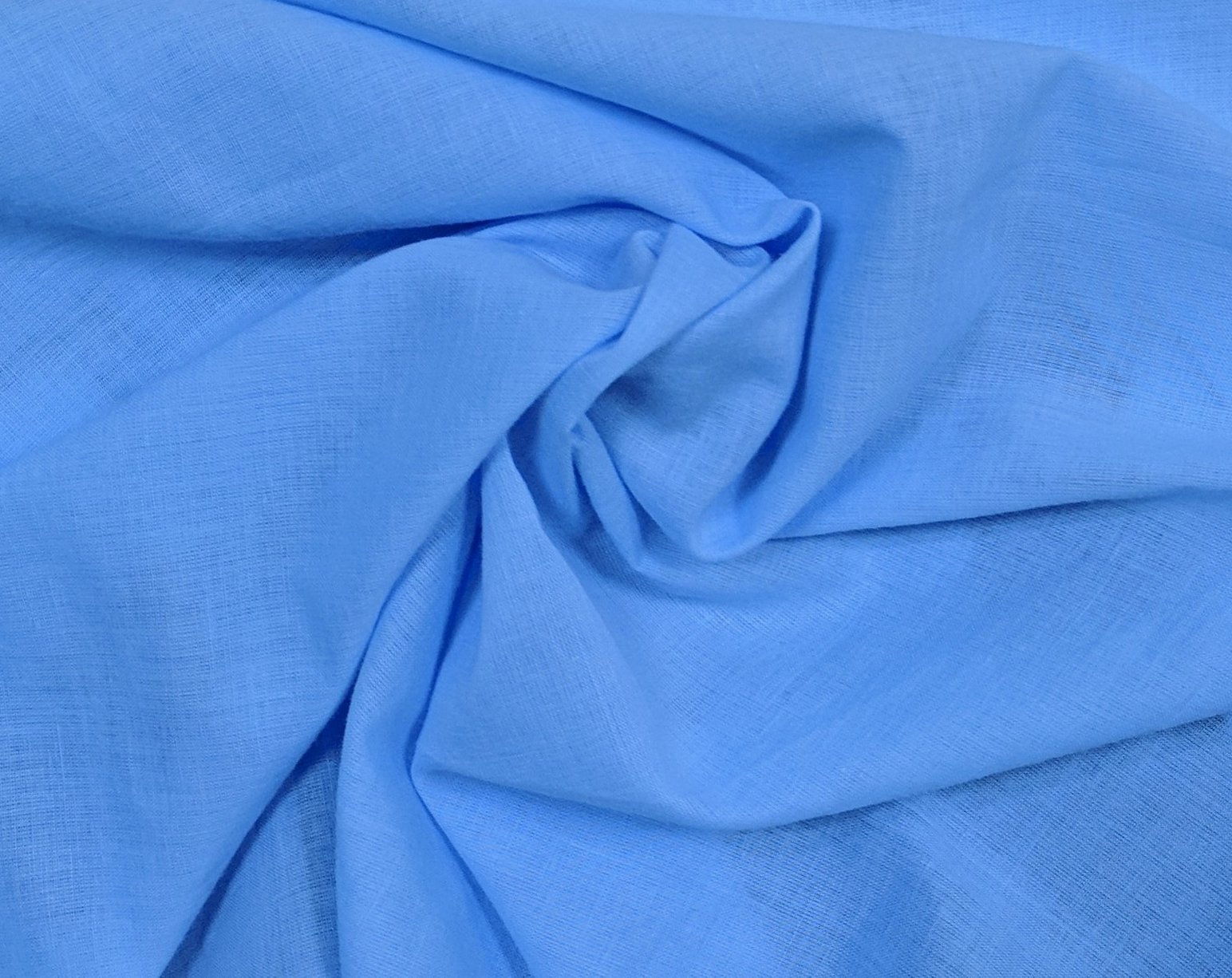
At first it was only linen or cotton. Now polyester or viscose is added to the fabric. This improves the quality and simplifies care. Plain weave is used for its production. Batiste is a very light fabric. It is comfortable, it does not cause discomfort or allergies. This fabric does not retain air, and does not deform. It is easy to wash, and dirt does not stick. It is easy to care for.
Batiste lays down in beautiful airy folds. Today it is used in most cases for sewing blouses, various summer or festive clothes.

Types of cambric:
- bleached. This fabric is striking in its whiteness. It is often used to create wedding dresses, underwear, handkerchiefs, and nightgowns. It is characterized by its shine and thick, single-color color. It is often used to sew underwear and festive tablecloths;
- printed. The colored pattern and embroidery make this fabric unique and luxurious. Clothes made from such fabric will please even the most capricious fashionista. After all, outfits made from such material look elegant and sophisticated;
- mercerized. This type of fabric has improved strength, wear resistance and does not fade. This allows it to be used not only in the production of outfits, but interior decorations.
Chintz
Chintz is a lightweight fabric made from cotton obtained by finishing calico. It is characterized by the simplest plain weave. Due to the ease of production and availability of raw materials, this fabric is inexpensive and widespread. The density of the calico weave is low. But thanks to this, calico has a special softness and pliability.
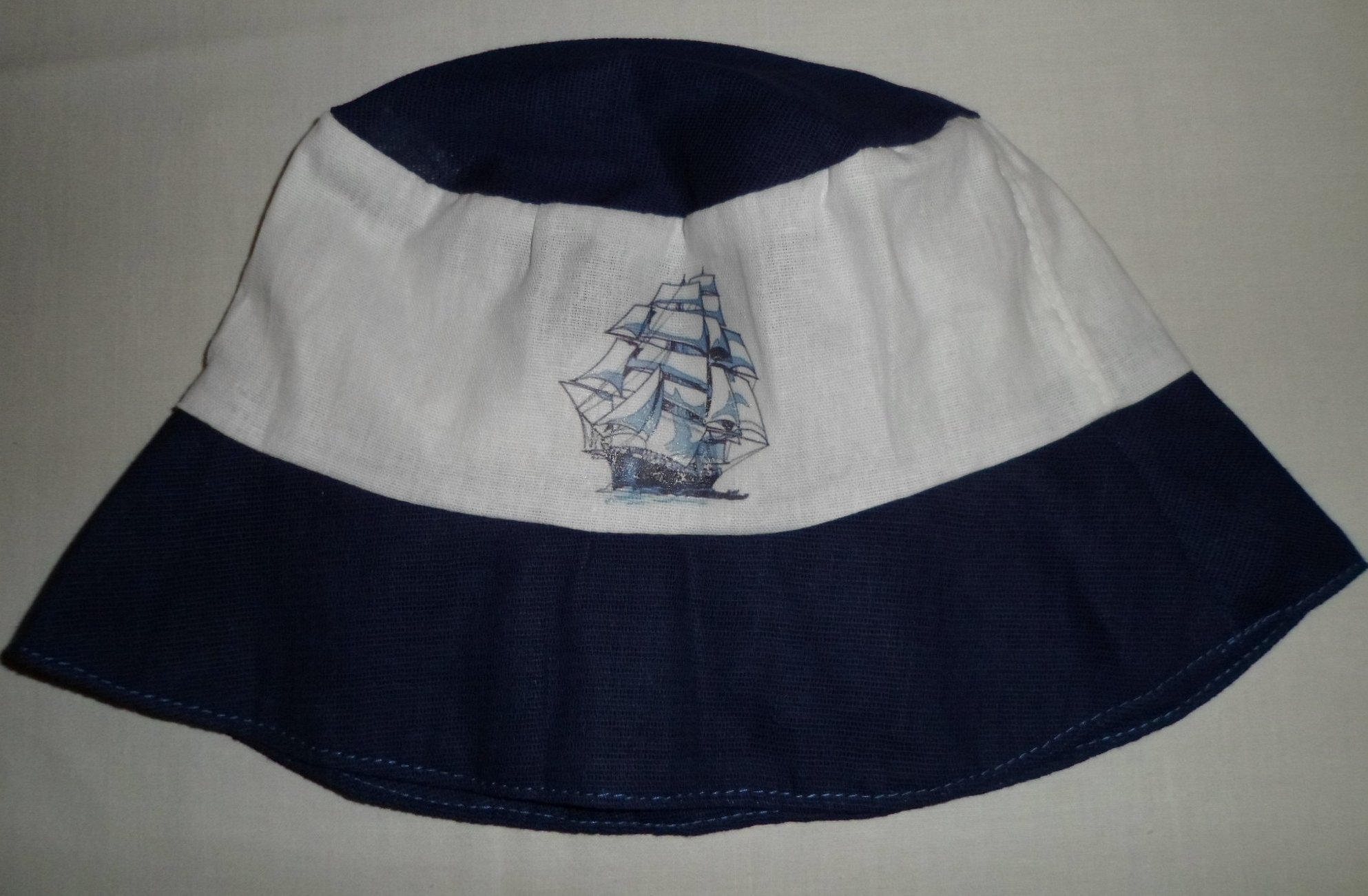
Chintz is a light but not warm fabric. It is characterized by excellent hygroscopicity. Clothes made from it are mainly summer ones.
Georgette
This fabric is made from thin twisted threads using plain weave. Crepe georgette is made using a weave with twisted threads. It is distinguished by its lightness, translucency, elasticity and rigidity at the same time. This flowing fabric perfectly retains its shape, drapes beautifully and sits perfectly on the figure. This fabric is rough, and it also almost does not slip. Clothes, curtains and draped curtains are sewn from it.
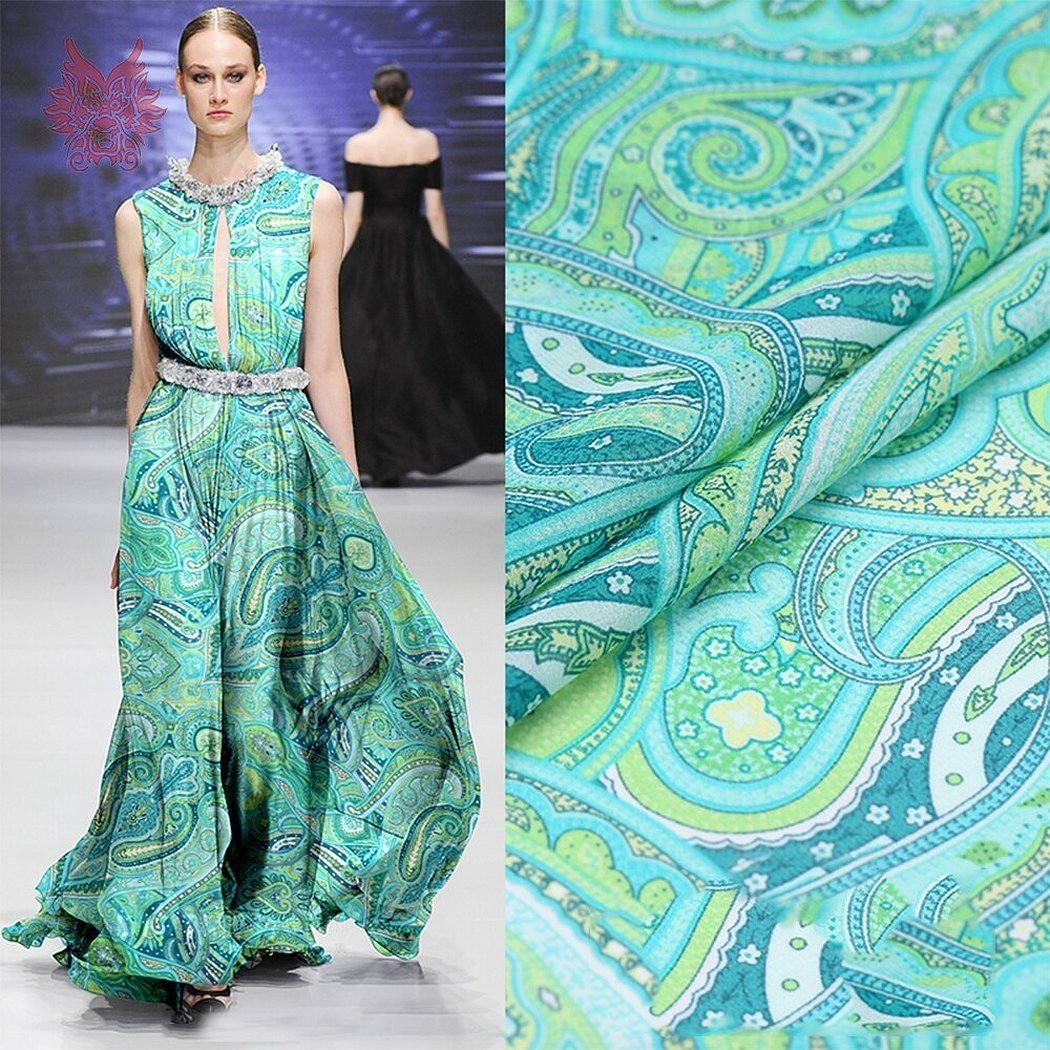
Important! Shrinks slightly after washing.
The fabric's disadvantages also include its slightly grainy structure. And therefore the fabric can sometimes irritate sensitive skin.
Georgette is in great demand. This is due to the combination of special beauty, low cost, natural composition and utility. The matte finish and excellent fit give things made from this fabric a very elegant look.
Fatin
Tulle is a mesh elastic fabric made of capron, nylon or polyester. It is most often used to sew fluffy skirts or petticoats. The threads of tulle are thick and the cells are very small. The material is often used to sew wedding dresses. It forms excellent looking folds, flounces, and ruffles.
Fabric properties:
- elasticity;
- does not get dirty due to the mesh structure;
- multi-layered. Therefore, tulle does not allow air to pass through well.
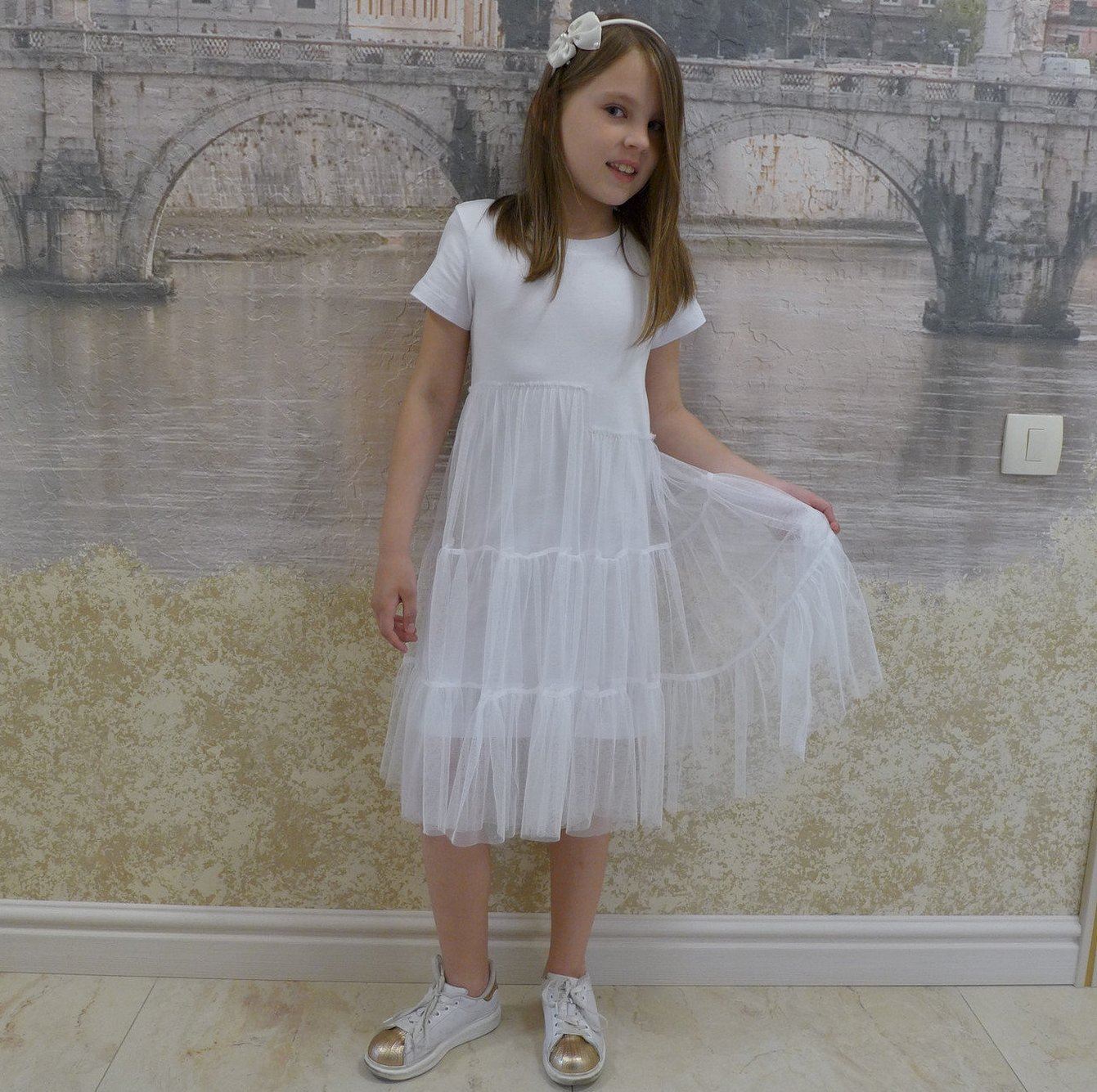
Types of tulle by degree of rigidity:
- soft. This fabric has cells of 1-2 mm. It is usually used to create dresses and skirts. The fabric does not retain volume well, but it can be used to make sophisticated draperies;
- medium. This fabric is used to sew petticoats for evening dresses and wedding gowns, artificial flowers, beach skirts and ballet tutus;
- hard. It is better suited than other fabrics for making souvenirs, decorations for banquet halls and wedding limousines.
Please note! Additional information! The rigid material perfectly retains volume. It is suitable for use as a base for knitted and embroidered items.
How to work with delicate fabrics
Transparent fabrics are extremely thin. This must be taken into account. When working with them, it is necessary to adhere to certain rules.
Very often, light, thin fabric slips out during sewing. To avoid this, you should lay cotton or other natural fabric on the table surface.
Notes
Markings with tailor's chalk or markers on these fabrics are clearly visible from the front side of the canvas. Their appearance spoils the sewn item. Therefore, it is worth making lines with long stitches and thin thread. It can be removed after sewing the parts.
Needles
The canvas should be worked with using only very thin and long needles. Machine seams are made with 70-80 mm needles. You can also use special needles for thin fabrics.
Darts
When sewing things from such fabrics, darts are avoided. Instead, drapes and folds are used. The facings and hems of the edges of the item are folded twice. This way, the cut will not be visible.
Stitches
The length of the machine stitch is 0.2 cm. Do not stitch across the pins when sewing on the machine. Otherwise, you can cause strong tension. This will lead to the appearance of flaws. To improve the feed, it is worth putting paper under the fabric.
Wide seams worsen the appearance of the item, and thin ones are not strong. If a double seam is used to sew elements together, the first seam is made "outward". In this case, the elements are folded with their wrong sides together, and the second seam is made "inward". It hides the first seam inside itself.
Processing of cuts
The edge of the frill or flounce is processed with a double hem stitch with a closed edge (called a "Moscow stitch") or a rolled stitch. Processing with a bias satin ribbon and piping is also used.
Please note! The seam cuts on the shoulders and sides should be done as carefully as possible. Thin, even cuts processed on an overlock look great, but if there is no overlock, then a lap seam and a French seam are used.
Ironing mode
When using an iron on transparent materials, you must be especially careful. You must use a special mode designed for this type of material. If necessary, the fabric can be slightly wetted.
Every woman can wear clothes made of such material. Thin transparent fabric looks very stylish. Many couturiers use it.
These fabrics hide body flaws well and highlight advantages beautifully. But working with them requires great skill and knowledge of a number of professional secrets.
The right combination of technical properties and beauty make transparent fabrics the most sought-after material for most industries. That is why they are so often used not only in the production of clothing, but also in many other products.




